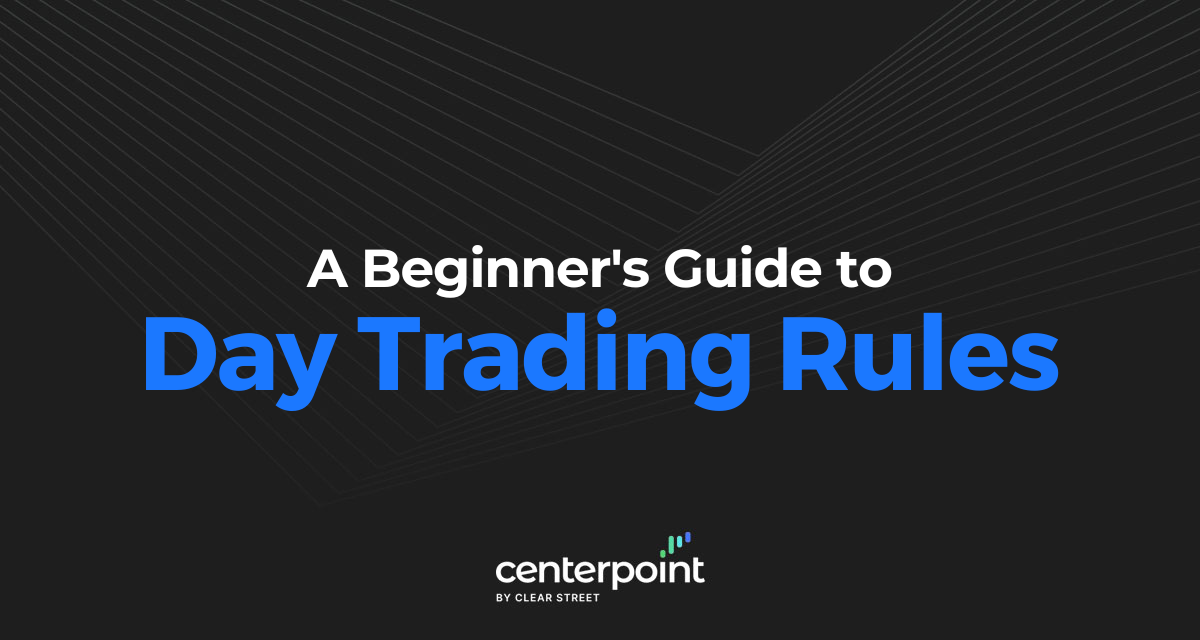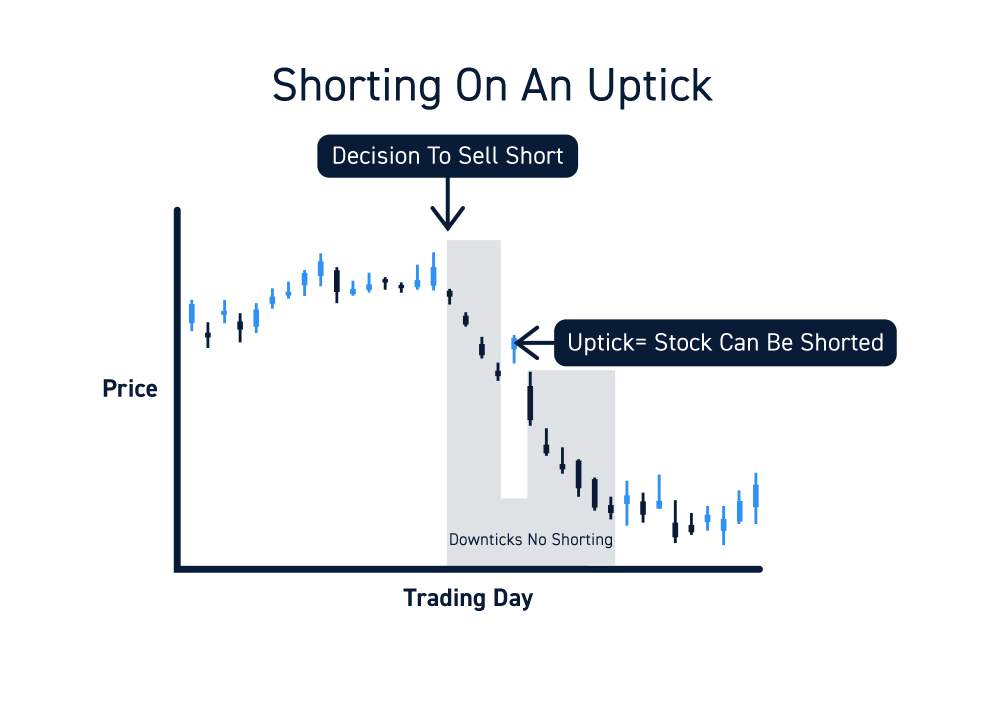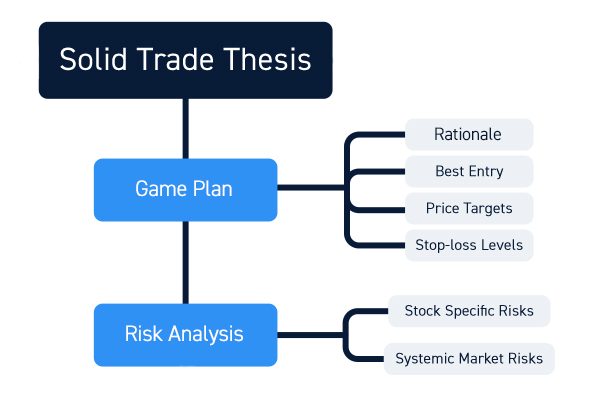The lure of making quick stock market profits with a few clicks of the mouse in the comfort of your own home is the appealing (and misguided) lure of day trading. Day trading can be rewarding but it requires not only abiding by rules of a trading methodology but also adhering to regulatory rules. Here’s a beginner’s guide to navigating some of the most important rules.
Industry Rules
Day trading is only possible with the existence of regulated brokers and market exchanges. The regulatory agency that oversees stocks is the U.S. Securities and Exchange Commission (SEC). The Financial Industry Regulatory Authority (FINRA) is a government approved self-regulatory organization that oversees and regulates brokers. Formerly known as the National Association of Securities Dealers (NASD). Here are some rules that will affect your trading:
The Pattern Day Trader Rule (PDT) prohibits executing more than three intraday round-trip trades on a rolling five business day basis for margin accounts under $25,000. This means if you don’t have at least $25,000 in your brokerage account, then you can’t make more than three intraday trades for every five-day period.
If you make more than three-day trades, then you will get flagged as a pattern day trader in violation of the PDT rule. A PDT rule violation can be remedied by depositing more funds into the trading account to get it back above the $25,000 minimum threshold. PDT rule violations can result in account suspension or termination after multiple violations. Traders should try to get their accounts above $25,000 before actively trading to avoid getting stuck in overnight positions.
If you are trading with less than $25,000, you should be conscious of the PDT rule and choose your limited trades wisely.
Regulation T: Trading with Unsettled Funds
Trades take two days to settle before funds can be used again. Margin accounts offset the two days by enabling traders to use the money immediately after selling a position. Cash accounts fall under the two-day settlement rule. While brokers are supposed to monitor and disable the ability to trade in a cash account with unsettled funds, occasionally a trade may fall through triggering a Reg T also known as a “free ride” trade violation which can limit or restrict your ability to continue trading in your account.
Regulation SHO: Uptick Rule
The SEC established rules for short sales under regulation SHO that provide best practices and standards for brokers and traders. It establishes short locate and close out baseline standards that brokers needs to adopt to ensure elimination of naked shorting.
In order to avoid abuse by short sellers driving down share prices, it also includes the provision for implementing an uptick rule when stocks fall below the 10% price threshold during the day. When the uptick rule is active, short sales have to be filled on the inside ask rather than on the bid.
It’s important to understand this for two reasons. First, if you are a short seller, you need to understand how you can execute your short trades. It’s also important to understand how this rule may impact how a stock trades (for both short sellers and long-biased traders). If all short sellers are forced to short on the ask, a stock may trade differently than it would if short sellers could sell directly into the bid.
Wash Sale Rule
This regulation identifies wash sales as selling a stock for a capital loss and then repurchasing the stock or a “substantially identical” security within 30 days. If this occurs, then the capital loss is negated and instead applied to the cost-basis of the newly purchased stock price.
The goal of the Wash Sale Rule is to prevent people from trying to claim a capital loss on a stock they originally planned on holding long-term. For example, if you bought stock $XYZ for $10/share in January and sold it for $9/share in December, you would be taking a $1/share loss that you could write off against your gains. That said, if you decided to repurchase $XYZ (or a similar stock) in the next 30 days, the loss may no longer be tax deductible. As mentioned above, this is to avoid the gaming of the tax system.
Why is this relevant to traders?
Traders often place wash sales without intending to. Whereas investors may be trying to game the system by selling at a loss and repurchasing the stock the next day, traders may go through the same process without any tax considerations. Traders often trade the same stocks for days or weeks at a time, not knowing they are actually placing wash sales that are not tax deductible (in the case of losses).
If you are an active trader, make sure to consult with a good CPA to learn more about the wash sale rule and how it may impact your trading taxes.
Best Practices for Day Trading
We just covered a few of the most important trading regulations to be aware of. Now, we are going to cover some good “rules” to follow.
These aren’t regulatory rules but “best practices” for day traders. Consider these the unspoken rules to help improve chances for success.
Learn First
Just like any new endeavor, it pays to sponge up everything you can find on trading. There is a very real learning curve full of pitfalls. The key is to learn from the experience of others and apply useful tools and strategies on paper or simulators before risking your own capital.
There’s plenty of free materials online to sample different trading strategies and methodologies. Research trading strategies, trade execution management, trading psychology and risk management. Day trading is complicated, but you get out of it what you put into it.
Don’t Trade with Money You Can’t Afford to Lose
Trading is risky by nature and you should never trade with money you can’t afford to lose. This is what is meant by “risk capital” – money you can afford to lose. If you are trading with the rent money or essential cash, then be prepared to lose it. Desperate money always loses. The cruel truth is that desperate money may get lucky initially but ultimately loses. Be patient and build up your risk capital as you research and absorb as much information as possible before getting into the game.
Create Well-Rounded Trading Plans
Get into the habit of creating a solid trade thesis ahead of time so you can explain why a trade is worth taking, where is the best entry, price targets and stop-loss levels.
It’s important to establish the stock specific risks (IE: Trend reversal triggers on a breakdown under $37.30 support) and systemic market risks (IE: second wave of COVID-19 triggering S&P 500 breakdown under 3,200 support). Once your thesis is created, then paper trade or use a simulator and follow through on the trading plan. Rinse and repeat until it becomes embedded and hardwired into your psyche.
This is crucial because you will be performing some form of this with every trade, so it pays to start early. If you can’t explain your trade, then you’re leaving too much to luck. Preparation is all about planning. Trading is no exception. In the words of Sun Tzu, “The battle is often won before it’s ever fought.”
Avoid the Unknown
While it’s commendable to be a student of the markets, it’s reckless to jump headfirst into anything. Avoid jumping into the deep end of the pool. Trade what you know and avoid what you don’t.
If you have specialized in trading semiconductor stocks, don’t jump headfirst into trading naked puts on energy stocks next. Develop a template for adding new stocks or asset classes to your strategy and work your way up slowly.
Cut Losses Quickly
Beginner traders tend to be too optimistic and selectively embrace rules that pertain to profits and upside while overlooking rules that pertain to losses. For example, “ride your winners” is a common rule that new traders use as an excuse to hold a winning stock too long until the trend reverses trapping them in a losing position. The top rule in the beginning is to cut losses quickly. Why? Live to fight another day. Longevity is necessary to grow and evolve as a trader. It takes time to cross the learning curve and cutting losses quickly is the key to longevity. Only when you cut losses quickly can you stop the bleeding and continue to survive through the learning curve.










